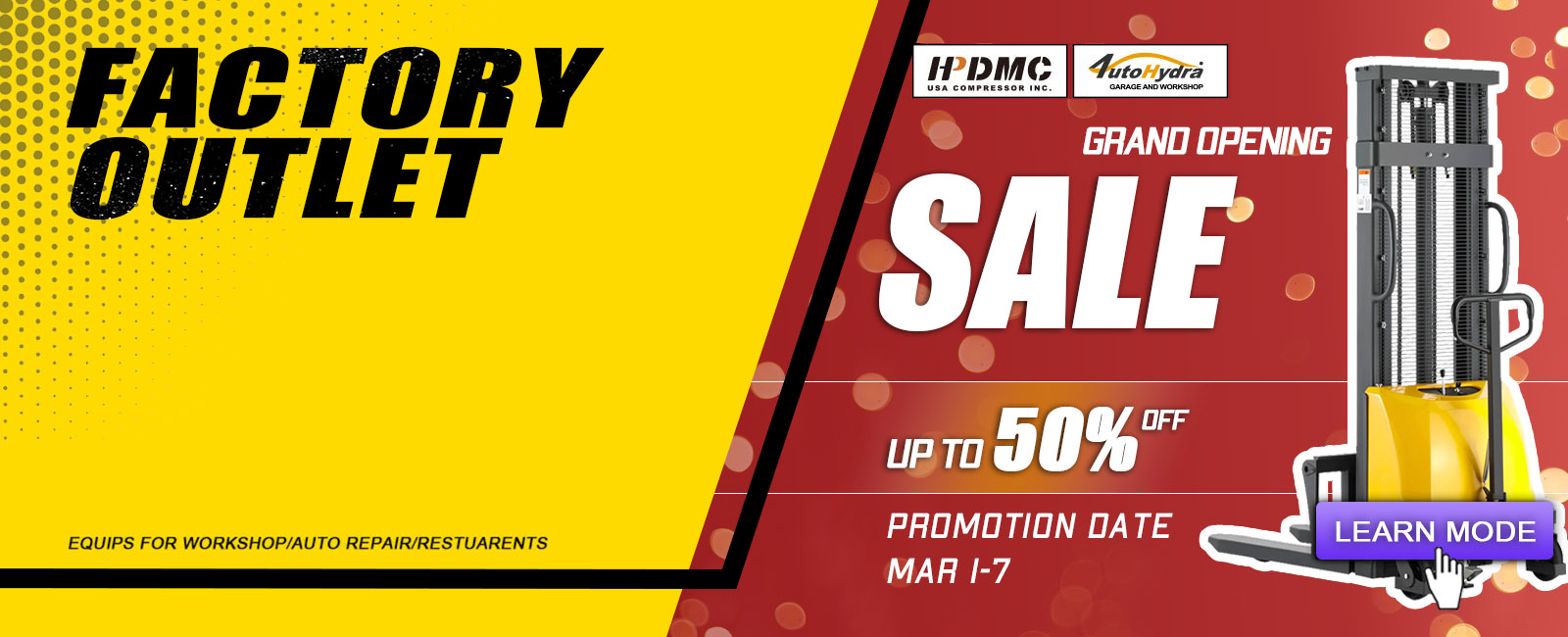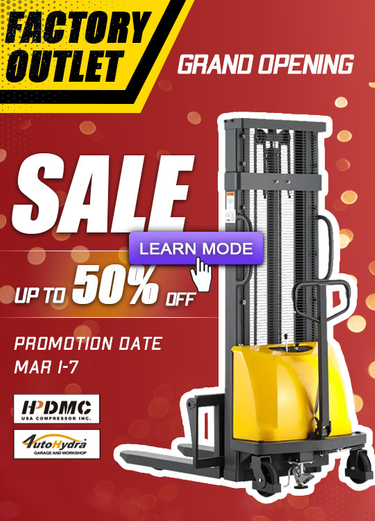The machine is of automatic constant temperature,could realize double-size heating, and is equipped with separate switch for control. What’s more, the body mold is equipped with bow-type bracket and transom, making the machine more practical and convenient.Equipped with seven-piece molds, the machine could completely meet the demand of repair any position of tires (such as tire shoulder, tire crown, and tire side), and users only need to select corresponding mould. It is featured by power signal indication, short circuit protection, and optional 120min timing or normally ON, etc.
It is mainly applicable to the repair of various tube tires, small- and medium-size cover tires and vacuum tires.
Maintain your equipment. It is recommended that the general condition of any equipment be examined before it is used. Keep your equipment in good repair by adopting a program of conscientious repair and maintenance. Have necessary repairs made by qualified service personnel.
Cleaning
If the moving parts of the equipment are obstructed, use cleaning solvent or another good degreaser to clean the equipment. Remove any existing rust, with a penetrating lubricant.
Do not use motor oil or grease to lubricate the equipment
Rust Prevention:
-Check daily for any signs of rust or corrosion.
Without a load lift the equipment as high as it goes and look under and behind the lifting points. If signs of rust are visible clean as needed.
Storing the Equipment
1. Store in a dry location, recommended indoors.
2. Equipment should be stored in an area where they will not be subjected to damage.
3. If extreme temperatures or chemically active or abrasive environments are involved, the guidance provided in shall be followed.
4. Temperature - When equipment is used at temperatures above 140"F (60"C) or below -20"F (-29"C), the equipment manufacturer or a qualified person should be consulted.
5. Chemically Active Environments -The strength and operation of eqipment can be affected by chemically active environments such as caustic or acid substances or fumes. The equipment manufacturer or a qualified person should be consulted before equipment are used in chemically active environments.
6. Other Environments - The internal workings of equipment can be affected by high moisture, gravel or sand, silt, grit, or other dust-laden air. Equipment subject to these environments should have their inner components frequently cleaned, inspected, and lubricated.
Note: If the equipment is stored outdoors, be sure to lubricate all parts before and after use to ensure the equipment stays in good working condition



 Factory Outlet Store in Los Angeles CA and Chicago ILWe wholesale air compressor, pallet jack, tool cabinet, tyre&wheel equipments, commercial ice maker and bottle filling machine ect.Read More
Factory Outlet Store in Los Angeles CA and Chicago ILWe wholesale air compressor, pallet jack, tool cabinet, tyre&wheel equipments, commercial ice maker and bottle filling machine ect.Read More






